How to execute your bold business vision like Jeff Bezos
In this article, I will explain how Jeff Bezos, Founder of Amazon, took his vision and built a world-class business. His vision was to create the world's most customer-centric company - you don't get much bigger than that. And Amazon has succeeded quickly at a scale never seen before.
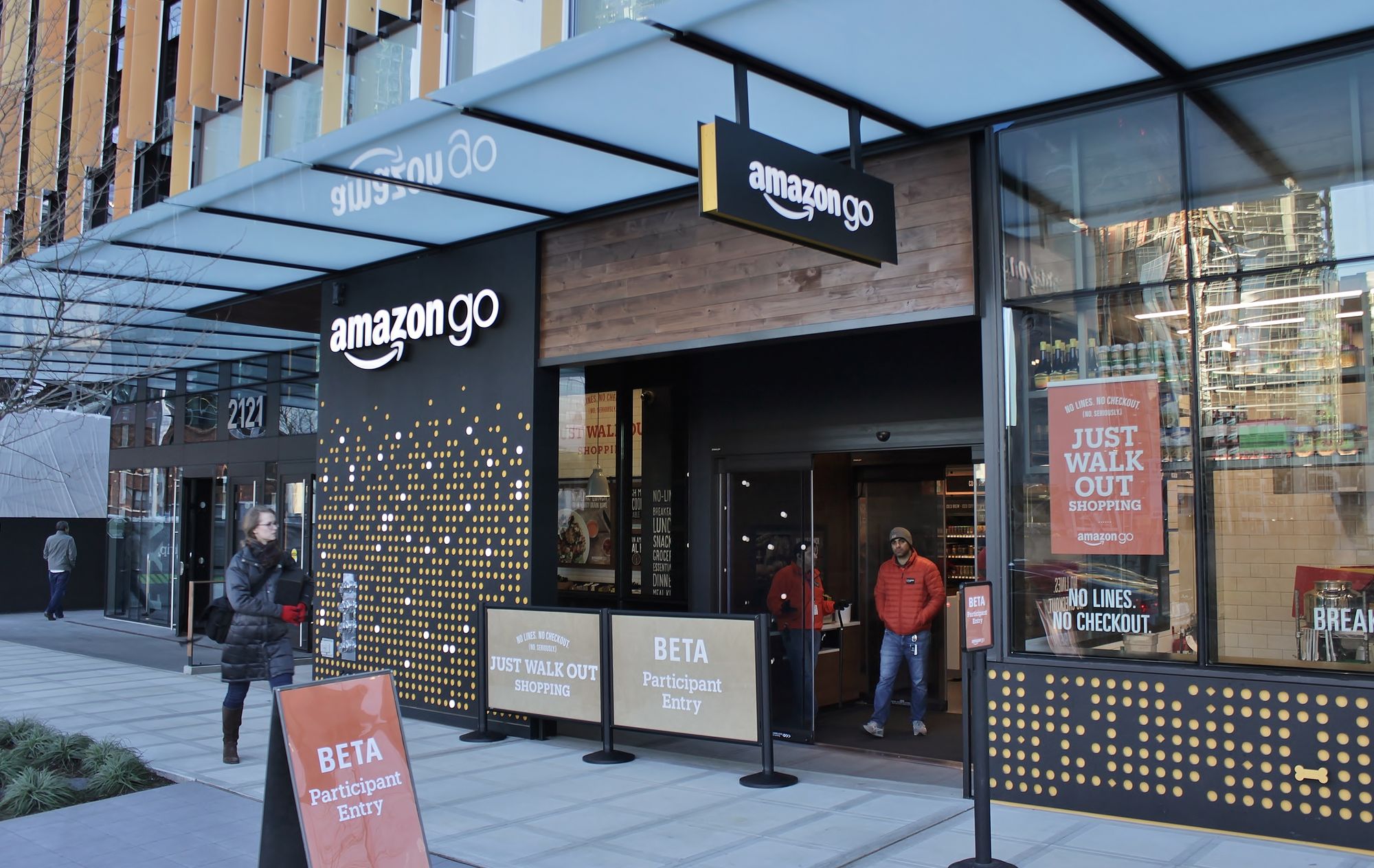
Having a great business idea may feel like a big moment. Unfortunately, as soon as you begin implementing the concept, you will become aware of the entrepreneur's reality: most of the work is in the execution.
Building a new product and company is a grind. According to Clay Christensen from Harvard Business School, the likelihood of failure for new products is at least 75%.
Naval Ravikant, an American entrepreneur and investor, had this to say about the hardship of starting a new company 'Entrepreneurship is tough and painful - I'm not sure I'd recommend it for anyone who can't handle the extreme stress'.
In this article, I will explain how Jeff Bezos, Founder of Amazon, took his vision and built a world-class business. His vision was to create the world's most customer-centric company - you don't get much bigger than that. And Amazon has succeeded quickly at a scale never seen before. In 25 years, they have gone from zero to selling over 500M products worldwide, employing 310k people, and in 2021 they generated $420M in sales.
If the execution of a business idea is so hard, how do you do it? What can we learn from Jeff Bezos and Amazon?
Let's break down this question into four smaller parts. Over a sustained period, how does an entrepreneur;
- Attract and retain great employees
- Build a product that customers love
- Create sufficient value to be profitable
- Tell a story that's worth sharing
The execution answer starts with purpose and vision.
"People don't buy what you do; they buy why you do it." Simon Sinek
The emotion of your purpose will capture the heart of potential customers and employees far more than rational arguments. Your employees will go above and beyond because they are doing meaningful work - not just getting a paycheck. Your customers will always prefer the prodcuts and services of a company they believe in, even when your offer is more expensive.
The trick with entrepreneurial success is the connection between your vision and execution.
So let's follow a series of steps to align your business vision with your performance using examples from Jeff Bezos and Amazon.
Step 1: Capture Lightning in a bottle
Let's explore five different frameworks to capture the underlying motivation for your business. First, you can use one or all of these tools to help capture the company's life, energy, and passion.
Write a Vision Statement (future)
A vision statement is an expression of the future state and objective of the business—no need to mention your product right now.
Here's how you start.
In the future, we will...
Here is the Vision statement for Amazon.
To be Earth's most customer-centric company where customers can find and discover anything they might want to buy online.
Write a Mission Statement(how will deliver today)
A mission statement is an expression of how you will realize your vision. You define how your business will operate today to acheive the vision of tomorrow.
Here is the Mision Statement of Amazon
We strive to offer our customers the lowest possible prices, the best available selection, and the utmost convenience.
Write a Purpose Statement (beliefs)
A purpose statement is an expression of why your business exists; the work of Simon Sinek inspires this.
Here's how you start.
We believe the world is better when XYZ happens.
For Amazon, its purpose is all about customer convenience. They believe customers feel satisfaction and fulfilment when they have convenient shopping experiences.
Amazon believes life is better for customers when shopping is convenient. And lucky for Amazon, this is a big deal for customers. Several studies have identified convenience as the number drive of purchases in retail. That's why they deliver convenience via essential means.
- Delivery via Prime
- Discovery via Seach and Recommendations
- Omnichannel Ordering via Alexa, Dash, and mobile
Write down your Values & Principles
Your values as a team are definitions of how you will interact with each other, your customers, and all other stakeholders in your community. I recommend making these simple, human, and authentic.
Here are the four Values & principles of Amazon
- Customer obsession rather than competitor focus
- Passion for invention
- Commitment to operational excellence
- Long-term thinking
Create a BHAG
A "Big Hairy Audacious Goal" is commonly called a BHAG. This goal is often an internal 30-year goal that captures the spirit of the vision statement. Microsoft had a powerful BHAG "A computer on every desk and in every home.". I like Google's, too, "Organize the world's information."
The BHAG can mobilize your team - give clarity and energy by stating a bold objective. Try writing yours.
Here is the BHAG for Amazon.
Jeff Bezos once said its ultimate goal (or BHAG) is to make it 'irresponsible' not to be a Prime Member.
Step 2: Craft a Business Strategy
A Lean Business Canvas is the best tool for drafting a business strategy. It's short, sweet, and effective in capturing the plan for the business.
Build a Lean Business Canvas
Here is the Lean Business Canvas for Amazon.
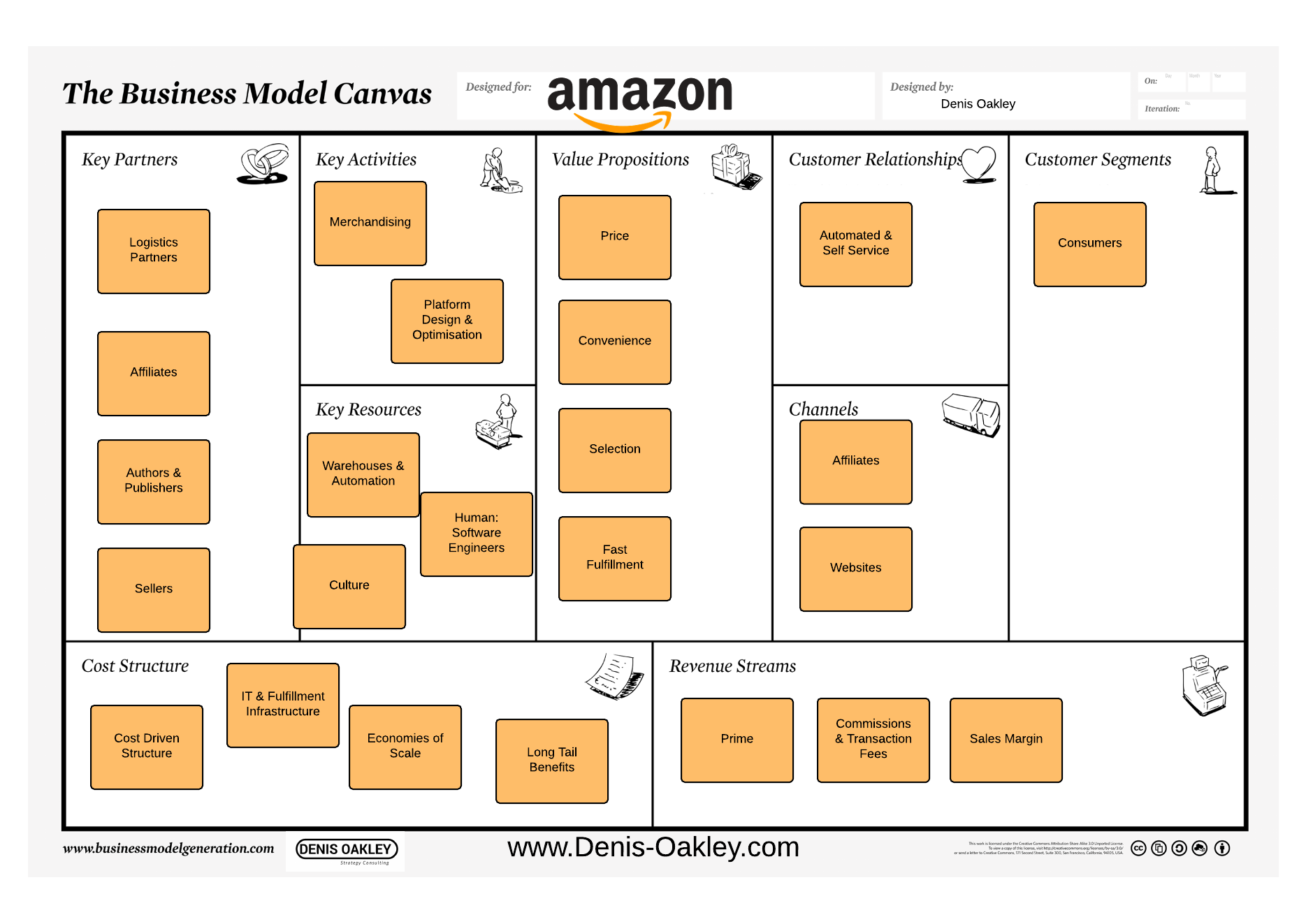
Lean Business Canvas Template
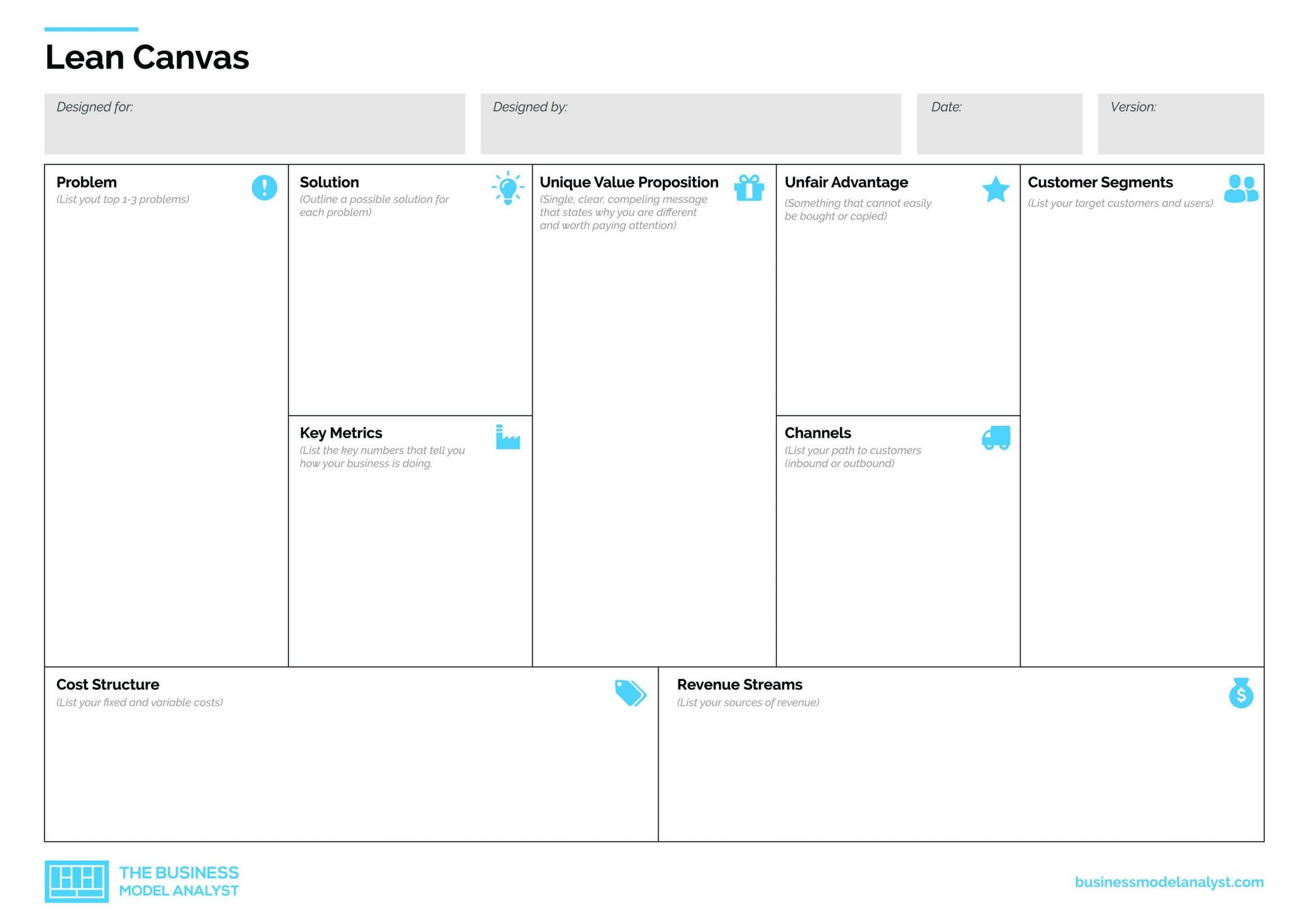
Agree on a Business Strategy
Now that we have the canvas, we explore critical strategic initiatives to deliver on the vision, mission, and BHAG. Your canvas output often leads you to choose one of the five classic business strategies.
- Cost leadership – competing on price and value for money. Think Walmart and Mcdonald's.
- Differentiation – competing by using a product or service with unique features. Think Apple and Tiffany.
- Focused differentiation – competing through differentiation for a dedicated niche. Think Breeze Resorts.
- Focused low-cost – competing not only through price but also by selecting a small portion of the market to focus on. Think Papa Murphy's and Checkers.
- Integrated low-cost differentiation – competing using low cost and differentiation; think IKEA and Sony.
Here is the Amazon business strategy.
- Diversification and Structure: Independent Product Strategies within a Conglomerate Structure (selling books to AWS)
- Mergers and Acquisitions: Expansion through Strategic Acquisition (buying Whole Foods to Kiva Robots)
- Localization and Internationalization: Strong global presence with a relevant local flavor (.com and local)
- Value Chain: Integrating the Different Facets of the Value Chain of Amazon (From Robots to 747)
- Research and Development: Using New Technology for a Competitive Advantage (Alexa, Kindle)
Create Business Objectives
Thinking more near term is a magic step in the entire process of executing your business vision. It's time to think about three horizons:
- Three Years
- One Year
- The next 90 days
For each of these horizons, you need to define goals. I always like to start with the Profit perspective.
- Revenue and Sales
- Profit
- Cash in the Bank
I encourage you to keep it simple for the three and one-year horizons. The 90HAG objectives are where you do Laser-like specific and measurable goals.
To balance out your goals, I recommend also covering these areas;
People
- Attract: rate of hire, time to hire
- Grow: learning new skills and promotion
- Retain: NPS and retention rate
Product
- System Usability Scale (for software companies)
- Customer Retention Rate
- Monthly Recurring Revenue or Sales comparables
Promotion
- Awareness: total brand impressions and mentions
- Customer Satisfaction: CSR
- Advocacy and Word of Mouth
Step 3: Create OKRs for employees
Let's create objectives and key results for each employee. Drafting OKRs should be relatively easy if you have a 90-day or 1-year HAG. The most important thing about OKRs is that they align with the company's objectives—no point in doing things in the business that don't lead to the shared vision of success.
Here's a simple sales example
Objective: Increase our sales performance by 20%
Key Results:
- Build a sales pipeline of leads at a value of $150K per month
- Increase our closing rate from 10% to 20%
- Increase client calls per sales rep from 4 per week to 9
OKRs are a big topic; if you want to dive deeper, read this article on John Doerr, the creator of OKRs, and how Google uses OKRs.
Step 4: Tell Your Story
A clear and concise message is a beautiful thing. But if you don't do the work in the previous steps - your best hope is that you'll have a catchy message for a moment. Your brand will get wobbles at the first sign of negative customer feedback. After friends, partners, and candidates tell you they 'Don't Get It,' - you'll consign your frail message to the trash can.
So how does Amazon communicate?
Here's the Amazon value proposition
- Kindle: Easy to read on the go
- Prime: Anything you want, quickly delivered
- Marketplace: Sell better, sell more
Create a Value Proposition
I like to start with value propositions when telling the story of a product or company. The proposition's heart is either the pains or gains a customer experience. These elements become apparent when they try to get a job done at home or in the office.
You may discuss these value types if your business is B2C and consumers are your primary audience.
- Functional Values such as saving time and money
- Emotional Values such as wellness and fun
- Life-changing values such as hope and belonging
- Social Impact Values such as transcendence
If your business is B2B and business is your primary audience, then you'll likely talk about these values;
- Functional Values such as cost reduction and quality
- Ease of doing business values such as reduced effort or flexibility
- Individual Values such as reputation and personal growth
- Inspirational Values such as vision and social repsopnbibiluty
An excellent tool for designing your weight is the Value Proposition Canvas. Try building your canvas now.
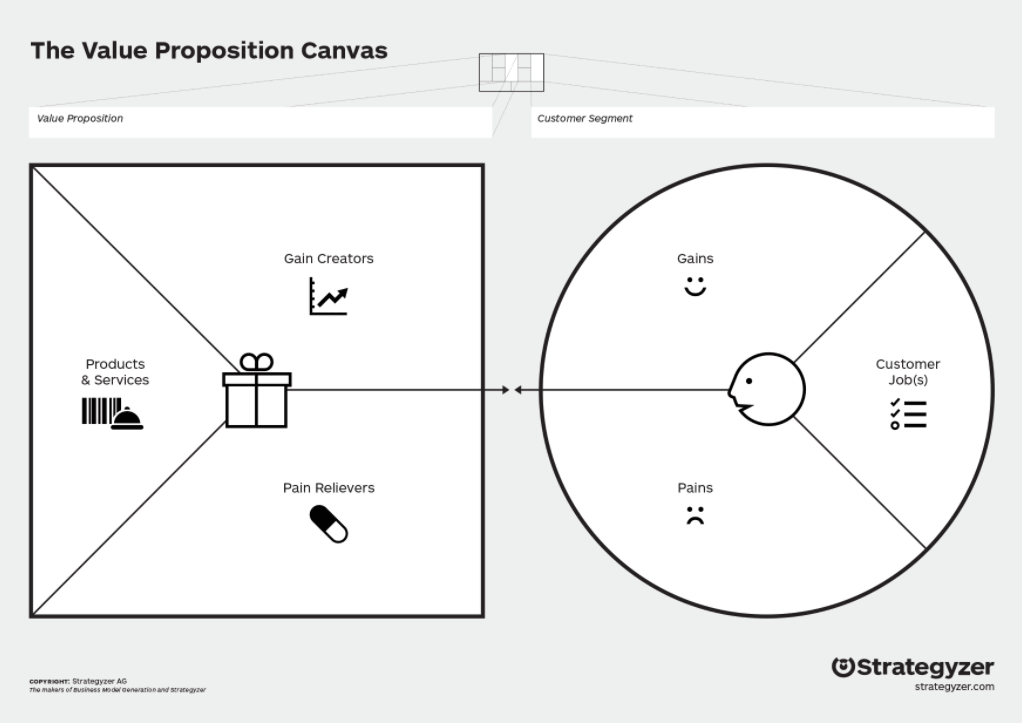
You often create value propositions for different segments and markets. So try having one central proposal that has related propositions for various stakeholders.
Select a Brand Archetype and Personality
You know the value your business creates worldwide - but how will you tell that story? Will your sales presentation be written by 'The Sage'? Will it be wise and informative? Like the BBC made it?
On the other hand, the same sales presentation could be written by Sir Richard Branson. It could be disruptive and liberating.
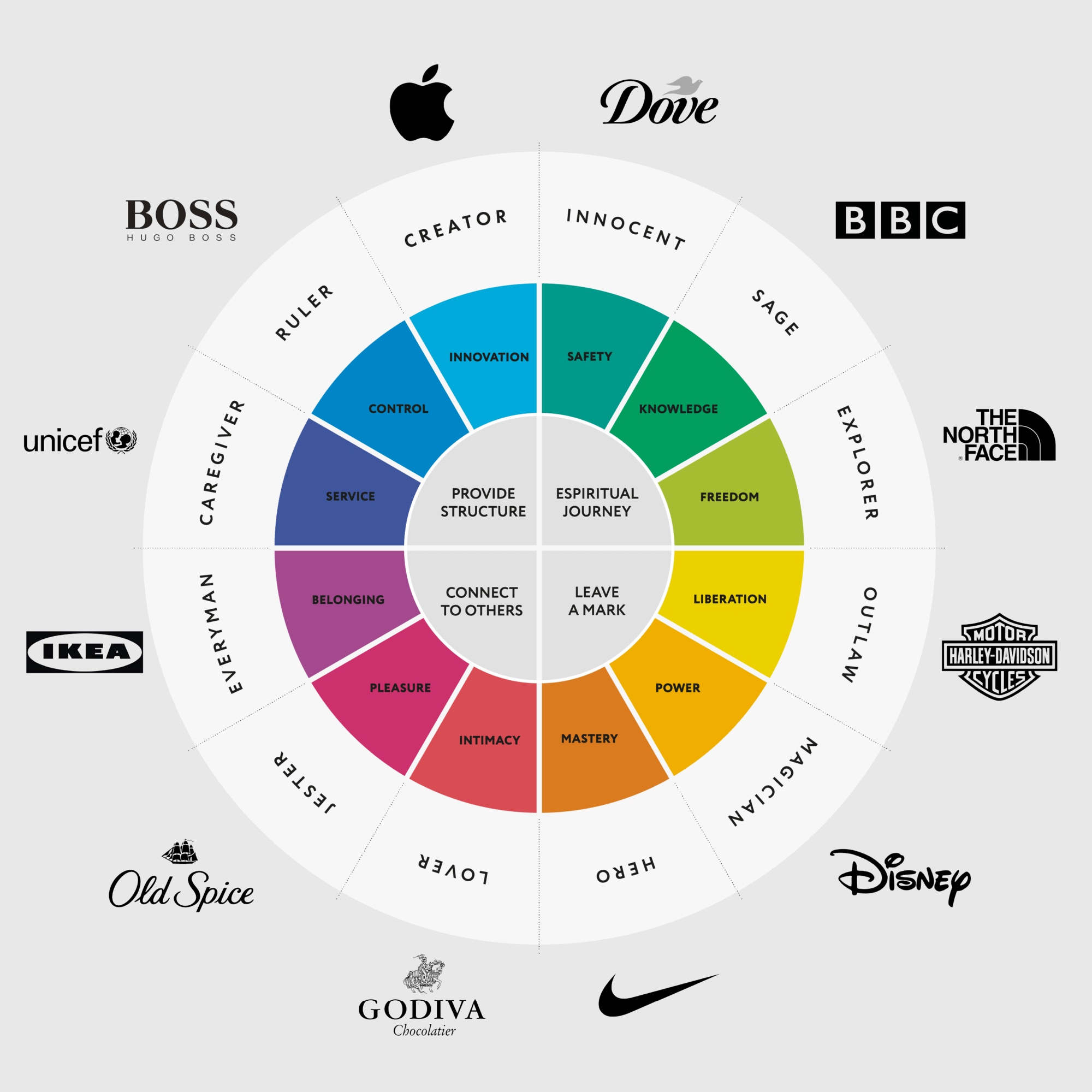
The style of telling your story is often called brand personality or tone of voice. Choose yours.
Amazon uses the Hero brand archetype.
The company dedicates itself to the convenience of its customers and tells this story with a brave, candid, and honest personality.
Create a Brand Style Guide
- The tone of voice: how your brand uses language and emotion (including grammar, abbreviations, and acronyms)
- Typography: font styles, sizes, and spacing
- Logos: full logos, secondary logos, and icons
- Color palette: primary and secondary colors
- Other imagery: photos, illustrations, and artwork
- Examples of use and unacceptable uses
Here's an example of Amazon rebranding (not by Amazon)
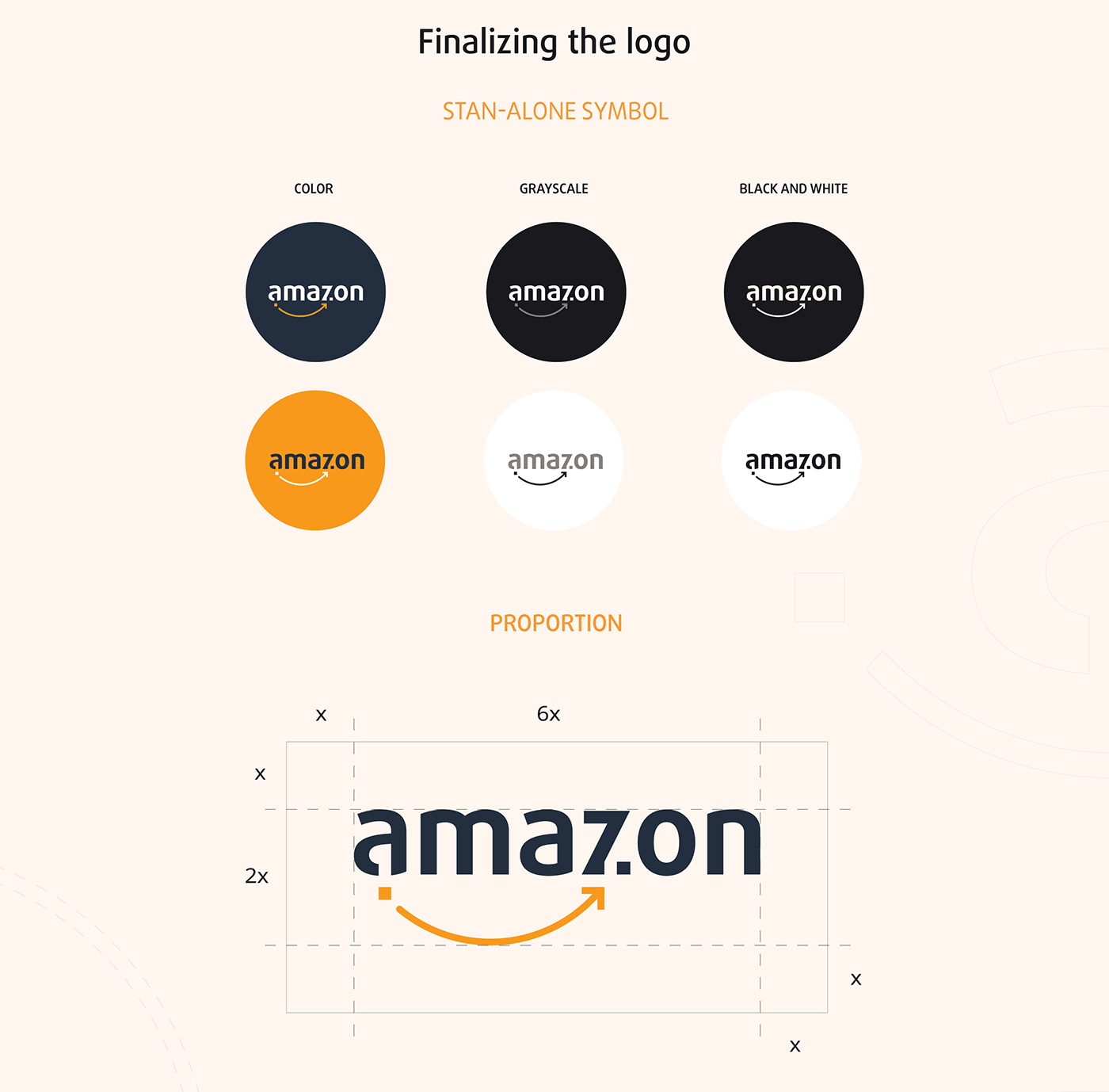
These four steps will be crucial in taking your business idea and making it a reality.
Step 1: Capture Lightning in a bottle
Write a Vision Statement (future)
Write a Mission Statement(how will deliver today)
Write a Purpose Statement (beliefs)
Write down your Values & Principles
Create a BHAG
Step 2: Craft a Business Strategy
Build a Lean Business Canvas
Agree on a Business Strategy
Create Business Objectives
Step 3: Create OKRs for employees
Step 4: Tell Your Story
Create a Value Proposition
Select a Brand Archetype and Personality
Create a Brand Style Guide
My advice for getting through this envisioning process is
- Don't skip any steps
- Involve your leadership
- Debate and challenge at each step
- Capture it all in one place

